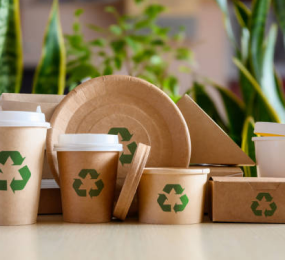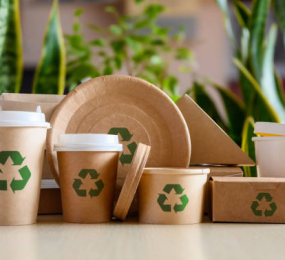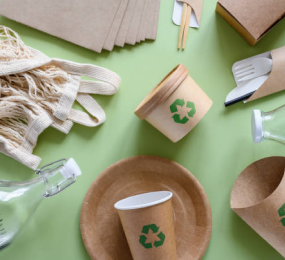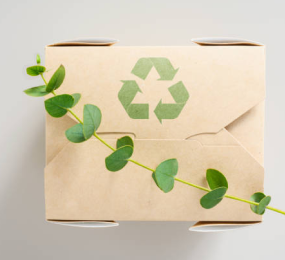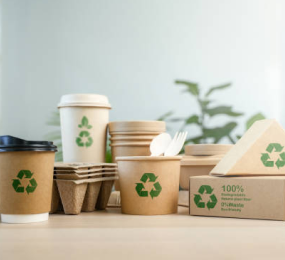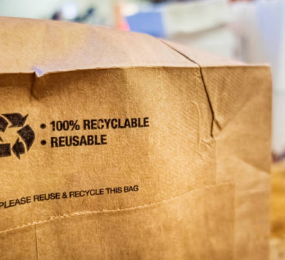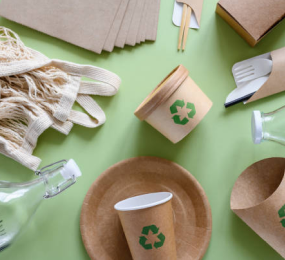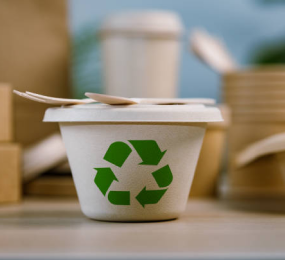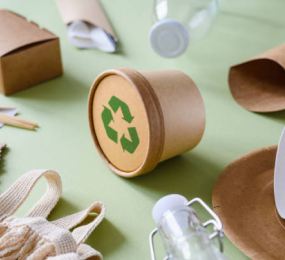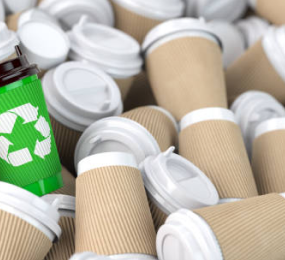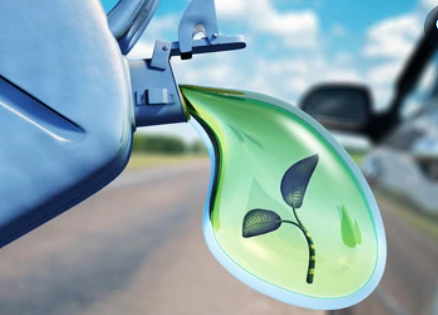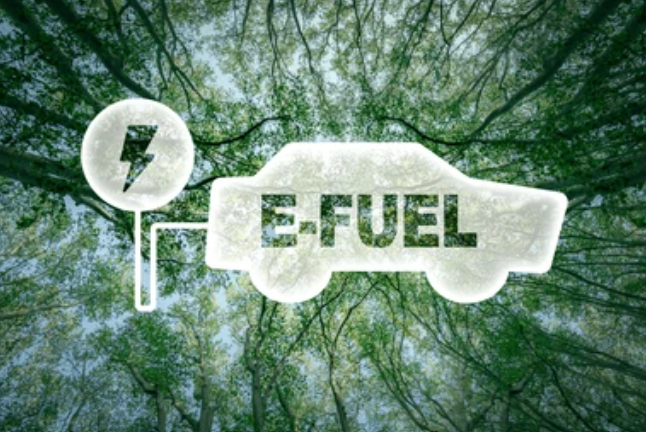Biodegradable vs. Compostable Packaging: What's the Difference?
In today's environmentally conscious world, sustainable packaging solutions are gaining significant traction. Two terms often used interchangeably are "biodegradable" and "compostable." While both refer to packaging materials that decompose over time, there are distinct differences between the two.
Biodegradable packaging refers to materials that break down into simpler substances, often with the help of microorganisms. However, the breakdown process can take years and may not always result in harmless byproducts. These materials might not fully decompose in home compost bins and could potentially harm the environment if not disposed of properly.
Compostable packaging, on the other hand, is designed to break down into organic matter within a specific timeframe under controlled composting conditions. This process yields nutrient-rich compost that can be used to enrich soil. Compostable packaging is typically made from plant-based materials like cornstarch or sugarcane.
It's crucial to note that not all biodegradable materials are compostable. While compostable packaging is a more sustainable option, it requires access to industrial composting facilities. Therefore, proper disposal is essential to ensure that compostable packaging breaks down effectively and doesn't contribute to environmental pollution.
By understanding the distinctions between biodegradable and compostable packaging, consumers can make informed choices and support sustainable practices. As the demand for eco-friendly solutions grows, it's imperative to prioritize materials that minimize environmental impact and promote a circular economy.
Visit our website to know more: https://www.leadventgrp.com/events/sustainable-packaging-and-recycling-innovation-summit/details
For more information and group participation, contact us: [email protected]
Leadvent Group - Industry Leading Events for Business Leaders!
www.leadventgrp.com| [email protected]


